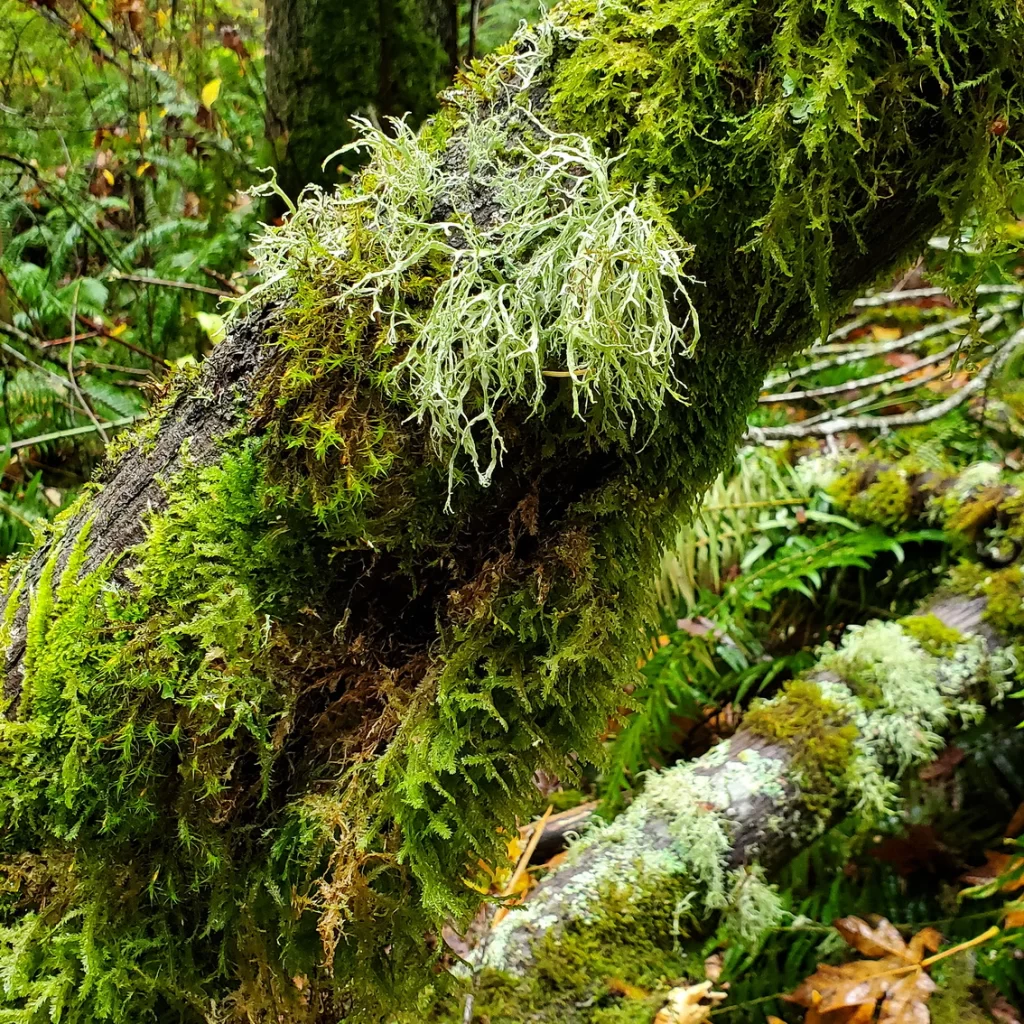Strong winds blasted through Everett during the night of November 4th with gusts up to 50 miles per hour. Afterwards, I walked the several miles of Forest Park trails to clear them of fallen limbs and reflect on the storm’s impact. As one might expect, I found that most of the fallen trees and large limbs were on ridgetops and edges while sheltered areas like ravine bottoms were largely unscathed.
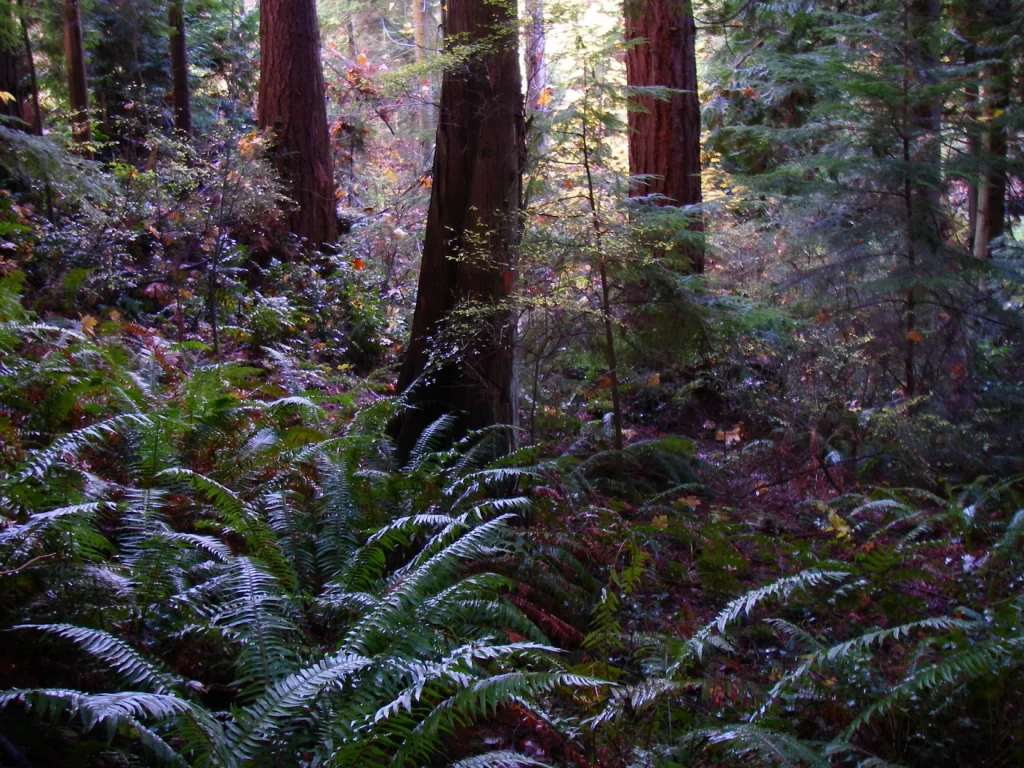
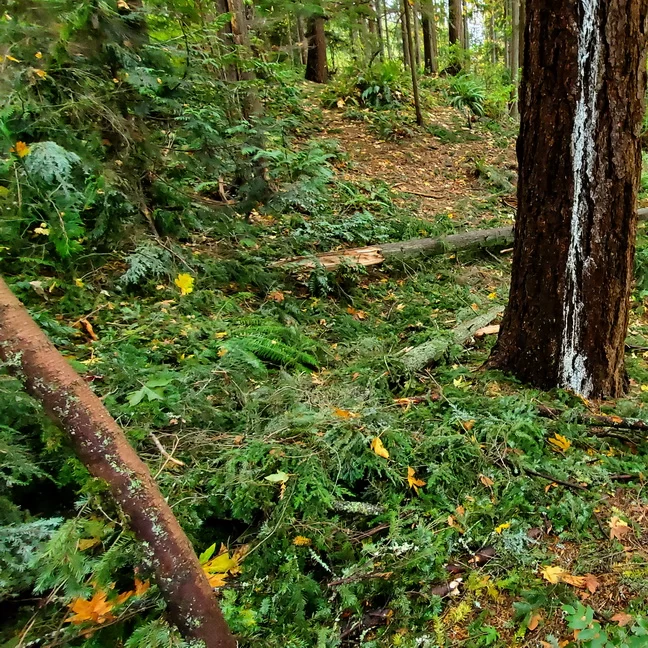

A Sprinkling of Slow-Release Fertilizer
“Windfall” from the online Meriam-Webster Dictionary is defined as something (such as a tree or fruit) blown down by the wind or an unexpected, unearned, or sudden gain or advantage. Our sudden gain was the large amount of coarse woody debris spread over much of the Park as though the wind had scrubbed the trees clean, sprinkling the forest floor with slow-release fertilizer.
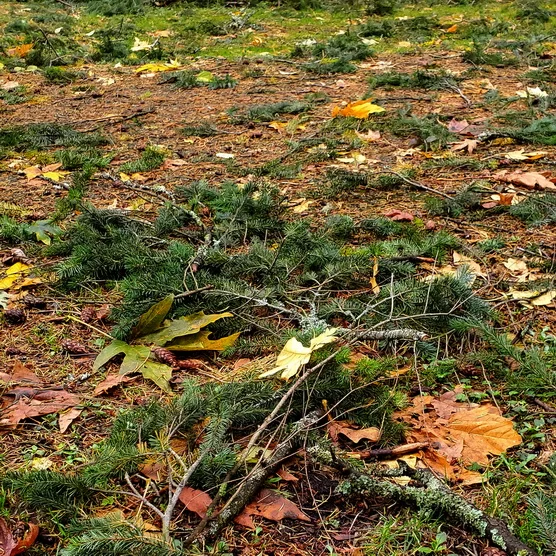
Although the growth of many individual trees may be temporarily slowed by the need to heal dozens of small wounds, they will gain immediate benefit from increased sunlight and air circulation in the canopy. In the long term, they will reap a bounty of essential plant nutrients as fungi gradually decompose the organic matter on the forest floor, improving the fertility of the soil. Logs and limbs on the forest floor also help to “enhance forest biodiversity, regeneration, and ecosystem health in a changing climate.”
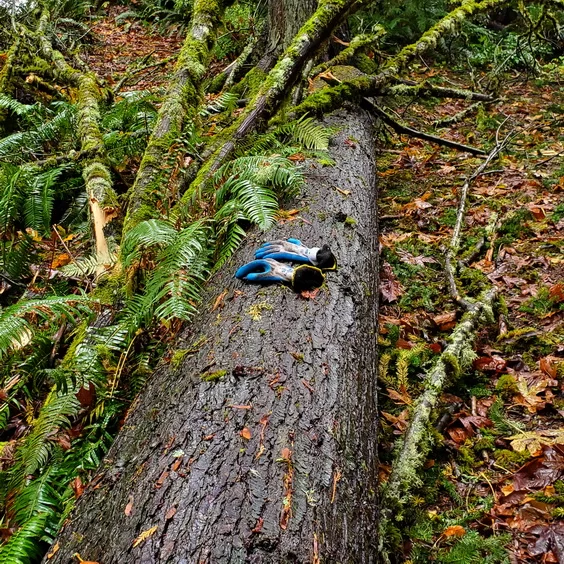
Useful Limbs
Limbs up to 6” in diameter that have fallen on trails or turf can be cut into manageable lengths with a hand saw and moved onto bare spots in the forest edges and planting areas. They can be used to temporarily define the edges of trails and block unwanted social trails. In planting areas, limbs laid parallel to the contour of the slope act like check dams to slow water runoff and increase saturation. Duff collecting on the uphill side of such limbs acts like mulch, helping to retain moisture and build topsoil. These mini terraces also provide good spots for new plants and trees.

Mosses and Lichens from the Canopy
Many of the fallen limbs, especially from the Bigleaf Maples, are entirely covered with unique and beautiful mosses and lichens. These unearned treasures of the windfall never fail to spark our curiosity about the inaccessible world in the high canopy above, a world we are helping to preserve through our backyard forest restoration.
